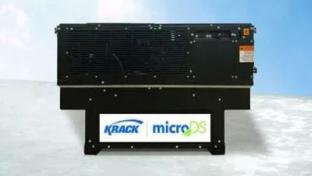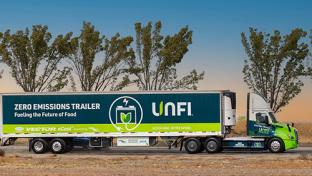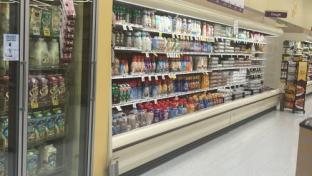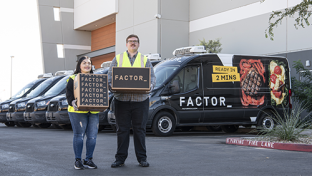Carbon-Cutting Refrigerants Are a Natural Fit for Grocers
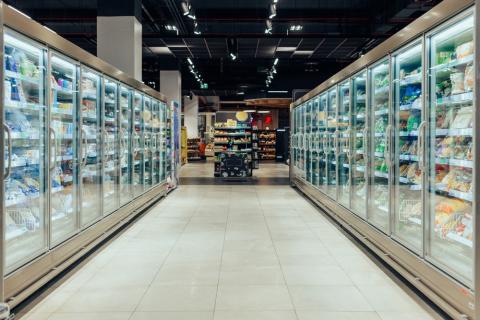
A powerful carbon-cutting measure should be on grocers’ radar as they evolve their sustainability programs — high-pressure, high-temperature “transcritical” cold-storage systems based on the natural refrigerant carbon dioxide (otherwise known as R-744).
Walmart, Kwik Trip and supermarket conglomerate Ahold Delhaize USA reportedly are among the operators actively exploring CO2’s potential. Grocers can add oomph to their sustainability programs by combining CO2 with changes such as:
- Installing heat pumps.
- Rolling out solar-plus-battery storage.
- Converting transportation fleets to electric vehicles (EVs).
- Switching to LEDs.
- Tightening building envelopes and entry and exit seals.
- Adding motion-sensor lighting to cooler and freezer boxes.
Why CO2?
What makes carbon dioxide a better choice for fighting climate change? While it is, of course, a greenhouse gas, it is far less heat-trapping than the refrigerants traditionally used in conventional, direct-expansion refrigeration and HVAC systems.
Federal regulators measure the heat-trapping effects of refrigerants using a formula for their global warming potential (GWP). Synthetic refrigerants based on hydrofluorocarbons (HFCs) score poorly. By some calculations, just a pound of the most commonly used HFC refrigerant — R-22 — is nearly as potent in GWP as a ton of carbon dioxide. (Globally, according to the EPA, about 80% of HFCs are emitted by refrigeration and air-conditioning equipment, including the AC in motor vehicles, as these aging systems begin to leak.)
[Read more: "The ROI of Supermarket Sustainability"]
Transcritical CO2 systems do more than slash emissions. They maintain efficiency in hot weather and are extremely effective at capturing heat, which then can be reused for hot water or other needs. One Norwegian SPAR supermarket reportedly slashed its energy consumption by 58% after installing a transcritical CO2 cold-storage system. In Belgium, Ahold Delhaize is routing captured heat to an urban farm. The company is aiming for a 70% cut in emissions by 2050.
Tackling the Challenges
The federal government has gradually delisted older, higher-GWP synthetic refrigerants. Historically, grocers have been able to switch to alternatives and keep their existing cold-storage cases with little more required than changing some valves.
Shifting to transcritical CO2 requires a complete change of refrigeration equipment throughout the building. These systems are highly compact — both the evaporator and the piping used in traditional, direct-expansion systems are far too large for them. The change requires extensive planning, with designs and block-flow diagrams that take into account the space, utility and engineering requirements of the new systems. Permitting and inspections also could take longer due to the specialized nature of this equipment, which requires careful attention to safety due to the extremes of both temperature and pressure required for using carbon dioxide as a refrigerant.
Food retailers can work with engineering firms and energy consultants to determine whether these upfront costs are worth it, based on factors such as their budgets, store lease terms and specific decarbonization targets.
How to Get Started
Grocers are taking different approaches to rolling out CO2. One big-box retailer is using transcritical systems at most new and remodeled stores. Another is taking a more programmatic approach, making CO2 part of the mix at 10% or 15% of its remodel pipeline, along with other carbon-cutting measures.
Still others are partnering with engineering firms on pilot programs at one or two stores. They are intrigued by the potential of CO2 but want to see it in action before making a bigger investment.
Grocers are acutely aware that the federal government is moving to phase out HFCs and that older refrigerants will get more expensive and harder to acquire. Combined with their internal decarbonization targets, this external pressure is just one more reason for grocers to explore climate-friendly approaches to keeping things cool.


